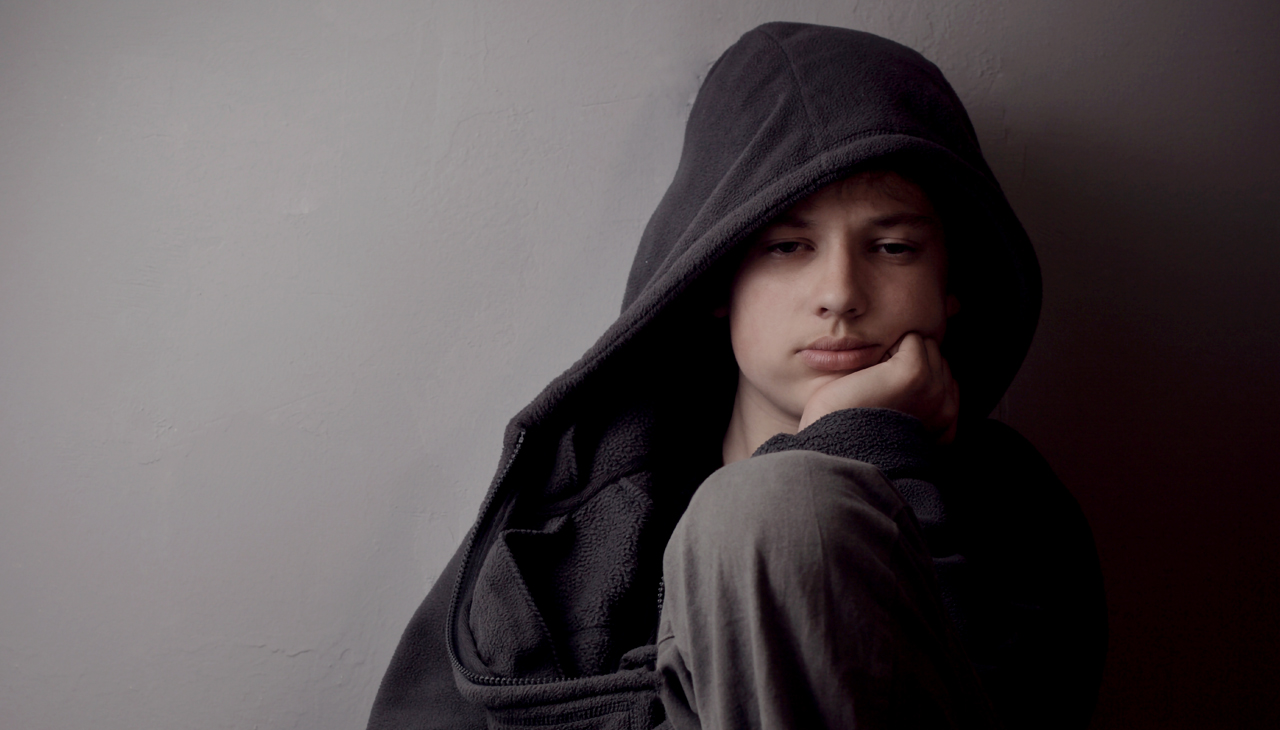
The problem with unaccompanied minors policy? Failure of compassion
President Obama anounced June 30 that he is “providing the DHS Secretary additional authority to exercise discretion in processing the return and removal of unaccompanied minor children from non-contiguous countries like Guatemala, Honduras, and El Salvador.”
President Obama anounced June 30 that he is “providing the DHS Secretary additional authority to exercise discretion in processing the return and removal of unaccompanied minor children from non-contiguous countries like Guatemala, Honduras, and El Salvador.”
“This includes fulfilling our legal and moral obligation to make sure we appropriately care for unaccompanied children who are apprehended,” the president stated in his letter to the Congress, “while taking aggressive steps to surge resources to our Southwest border to deter both adults and children from this dangerous journey, increase capacity for enforcement and removal proceedings, and quickly return unlawful migrants to their home countries.”
Make no mistake, that is a carefully parsed statement. More than 52,000 unaccompanied children and 39,000 adults with children, most of them from Honduras, Guatemala and El Salvador, have been apprehended at the border since October of last year, prompting a humanitarian crisis that the adminstration and others are speaking about in terms of unlawful immigration.
But Kevin Appleby, the U.S. Conference of Catholic Bishops’ director of migration policy and public affairs sees the situation differently. He sees the unaccompanied children and families with children on the border as asylum seekers or refugees. “Many of these children have valid asylum claims,” he told CBS news recently.
The USCCB has long been tracking the Central American flood fleeing the “generalized violence at the state and local levels and a corresponding breakdown of the rule of law” in Guatemala, Honduras and El Salvador. In fact, a report issued by the USCCB in November of last year, as well as a study conducted by the United Nations High Commisisioner for Refugees found the exodus of children and families from the Central American countries to be a forcible displacement because they suffered or faced harm that could indicate a need for international protection.
Honduras has the world’s highest murder rate — 90.4 homicides per 100,000 people in 2012 — according to a United Nations report released in April of this year. El Salvador is fourth with 41.2 per 100,000, and Guatemala is fifth with 39.9. (Another Central American nation, Belize, ranks third with 44.7, and Venezuela, with 53.7 ranks second).
El Salvador has the highest rate of femicide, or gender-motivated killing of women, in the world. Guatemala is third, and Honduras is sixth, according to the 2011 report “Global Burden of Armed Violence.”
But, as in the 1980s when Salvadorans and Guatemalans fled genocide and bloody civil wars and sought refuge in the United States, Central Americans are rarely granted asylee status. According to the American Immigration Council “While the numbers of asylum claimants from Central America and Mexico have increased, USCIS shows low numbers of affirmative asylum grants to Salvadorans, Guatemalans, Hondurans, and Mexicans from FY 2003 to FY 2012. Likewise, immigration courts granted similarly low numbers of defensive asylum claims during those same years. In FY 2012, immigration courts granted asylum at rates of 6 percent to Salvadoran applicants, 7 percent to Guatemalan, 7 percent to Honduran, and 1 percent to Mexican applications. These figures contrast with asylum grant rates of more than 80 percent to applicants from Egypt, Iran, and Somalia for the same period.”
So why not call these children and families detained at the border (and soon to be deported as part of the administration’s “aggressive deterrence strategy” and “sustained border security surge”) what experts clearly believe they are: refugees and/or asylees?
Because to accord them that status means we are obliged to consider that “they are entitled to special protection on account of their position,” according to the 1951 Convention Relating to the Status of Refugees adopted by the United Nations General Assembly, of which the United States is an original signatory. The 1967 Protocol Relating to the Status of Refugees further recommends that “governments continue to receive refugees in their territories and that they act in concert in a true spirit of international cooperation in order that these refugees may find asylum and the possibility of resettlement.”
Lost in the official talk about repatriation and in the sanitized term of unaccompanied minors (rather than unaccompanied children) is the stark fact that what has been proposed gravely endangers the truly vulnerable. According to the Center for Gender and Refugee Studies in San Francisco, “In Honduras, children face an especially dire situation. Recently, the number of extrajudicial killings (illegal government-sponsored executions) of minors has risen dramatically.”
Chosing to continue to make this an immigration issue rather than an asylum and refugee issue permits Obama to reiterate to a recalcitrant Congress that real immigration reform is necessary.
But it also feeds anti-immigration sentiment expressed loudly in public comment and action. “This is an invasion,” said Raymond Herrera of We the People as he and other Minutemen blocked buses with 150 children being taken to a center in California July 1. And the compassion, when it is heard on this issue at all, comes in private, quiet messages that, clearly, neither Obama nor our legislators are hearing.









LEAVE A COMMENT: